Jane Harries On Methods To Ensure Garden Designs Are ‘Both Practical And Attractive’
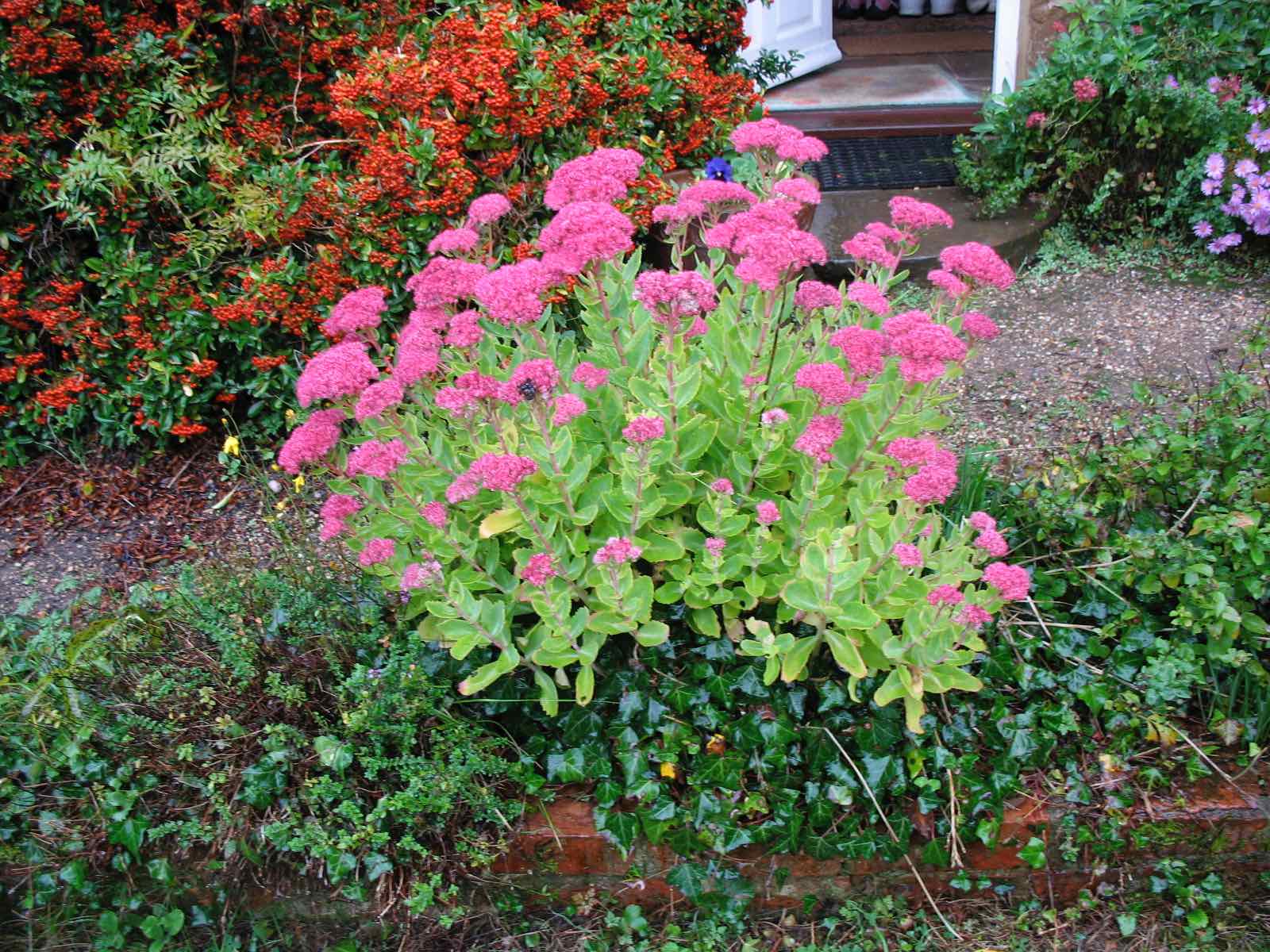
Contributions From JANE HARRIES

Jane Harries is a Garden Designer who qualified from the Open College of the Arts (OCA). With over 15 years' experience gardening at her Northamptonshire cottage, she excels in growing perennials from seed and has a deep appreciation for nature. Her designs are lauded for their thoughtful integration of space, movement, and practical material knowledge, reflecting her unique blend of creativity and practicality.
Jane Harries stands out not just for her creativity but also for her unique journey.
Originally from a marketing and business background, Jane’s career shift to garden design was spurred by personal challenges, including illness, that led her to train at the Open College of the Arts.
This change, however, has only deepened her commitment to creating gardens that are both beautiful and functional.
Her designs are known for their thoughtful integration of space, movement, and practicality – ensuring that each garden she creates is a true reflection of its owner’s needs and the nature of the site.
Please note that the imagery used in this article has been provided with permission by Jane Harries.
Can you tell us about your journey with the Open College of the Arts (OCA) and what led you to pursue garden design?
“I decided to retrain after a career in marketing, when I became ill with ME,” Jane starts.
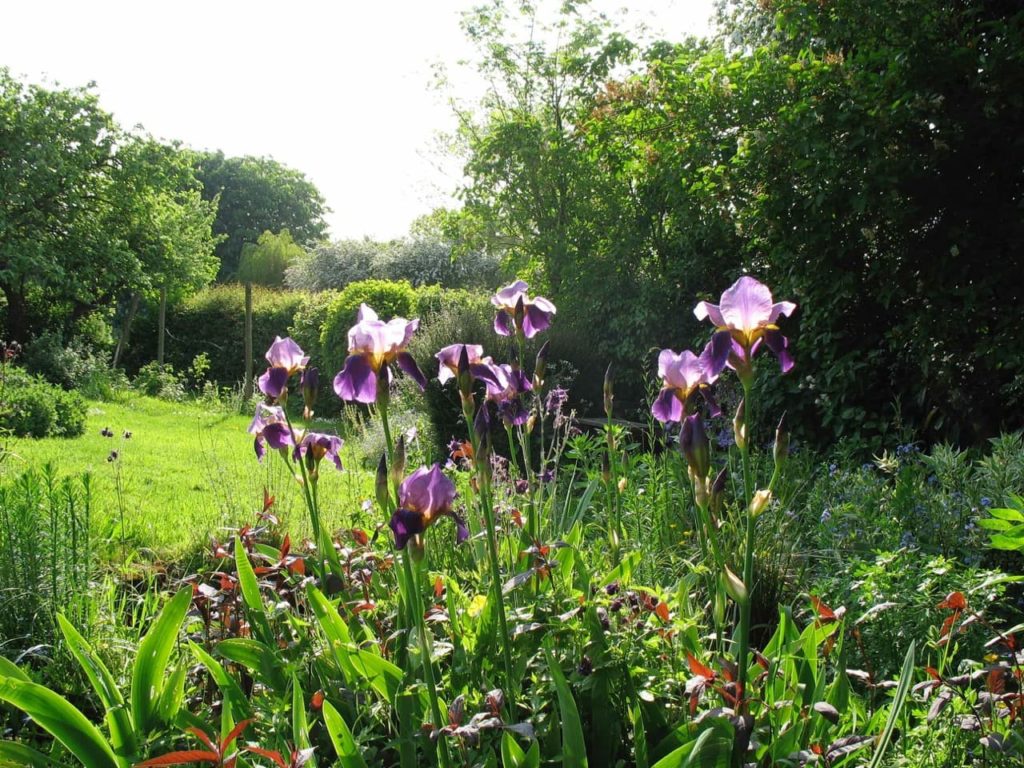
“I thought distance learning would give me a focus, and had done a painting course with the Open College of the Arts.
“I did one Garden Design course, liked it and took a second stage one (they give university credits) and did well despite the challenges of things like making cardboard models when I was ill.”
What inspired you to set up your own garden design studio?
“I saw a business on TV that provided garden designs remotely and realised I could do that even if I wasn’t fit enough to visit clients or do surveys,” she says.
“So, I asked prospective clients to carry out their own surveys, providing a guide for them on how to do so.”
You’ve been gardening for 15 years in your Northamptonshire cottage garden. How has your garden evolved over the years?
“Because I don’t do a lot of gardening myself, my garden is pretty untidy! I have, however, developed raised vegetable beds, a pond and a meadow, as well as a patch of grass that is long in the spring in keeping with No Mow May.
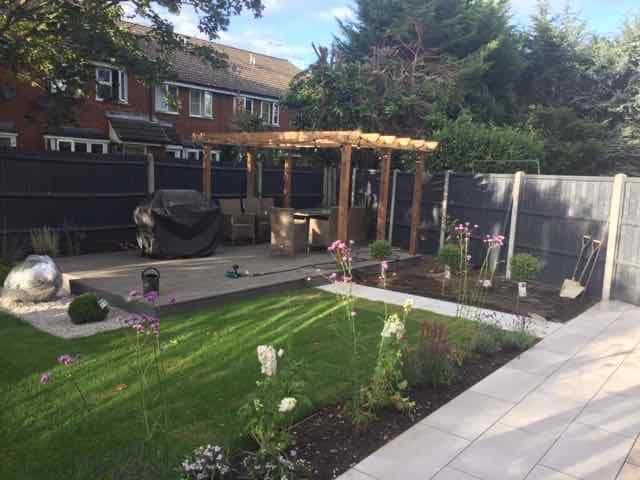
“It’s a place where I can try out different plants and habitats, and I enjoy growing things from seed – I have a greenhouse. I want to add some sculptures to the garden next.”
How do you ensure that your gardens are both practical and attractive, especially considering the diverse needs of your clients?
“The process of producing a design involves looking at both aspects as well as making the garden sustainable and attractive to wildlife,” she shares.
“I wouldn’t take on a ‘plastic garden’ with no beds for plants or proper grass. I spend a lot of time on practical considerations. I like to make sure the garden works for my clients and I think it’s the mark of a good designer.
“I use a briefing questionnaire and I try out different options using 3D software to show to my clients to help them decide what they want.”
What has been the most challenging garden design project you’ve undertaken, and how did you overcome the challenges?
“The most challenging project I have done was stopped when we were nearly finished by my client,” explains Jane.
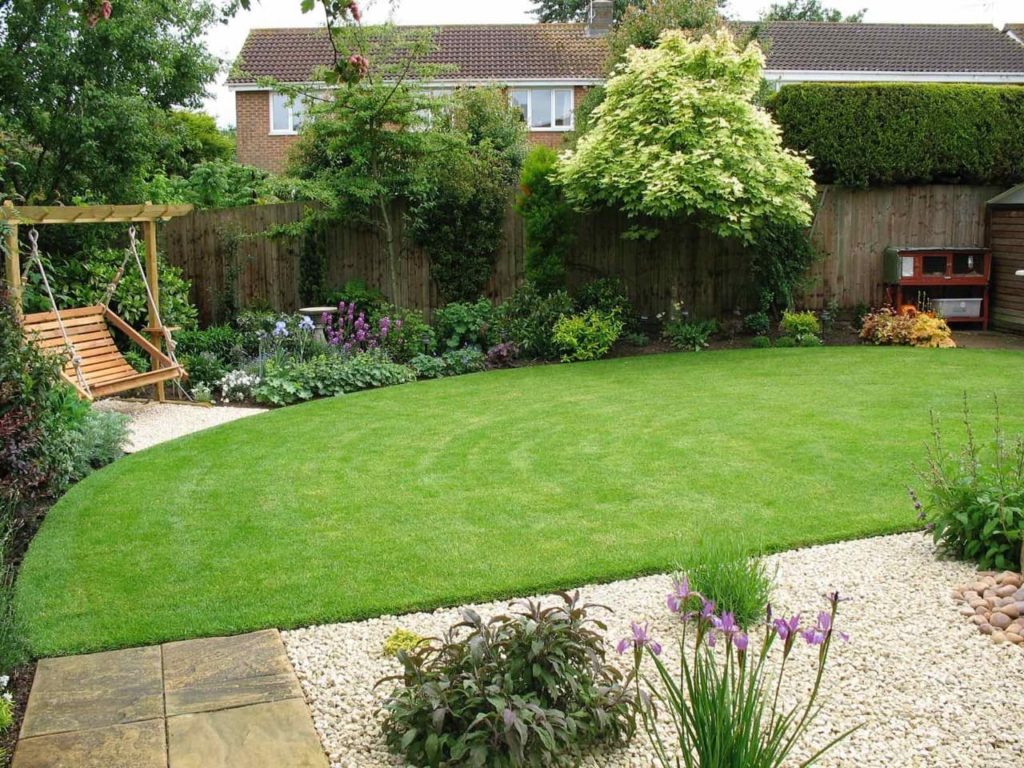
“It involved a Gaudi-like pair of curvy walls and a very big pergola. I’d love to have seen how it turned out. I think, however, it would have gone on forever as [the client] kept adding things.”
With the increasing emphasis on biodiversity and conservation, how do you ensure your gardens are environmentally friendly?
“Adding trees, planting as much as possible, recycling existing materials and considering the needs of the wildlife that will be using it, as well as the human clients, are some great ways to keep a garden environmentally friendly.
“One thing I want to try next is a carbon calculator, to show what aspects make a garden carbon neutral and in how many years.”
Are there any courses, workshops, or books that you would recommend to budding garden designers?
“I’ve been impressed by Nigel Dunnett and his colleagues at the University of Sheffield,” shares Jane.
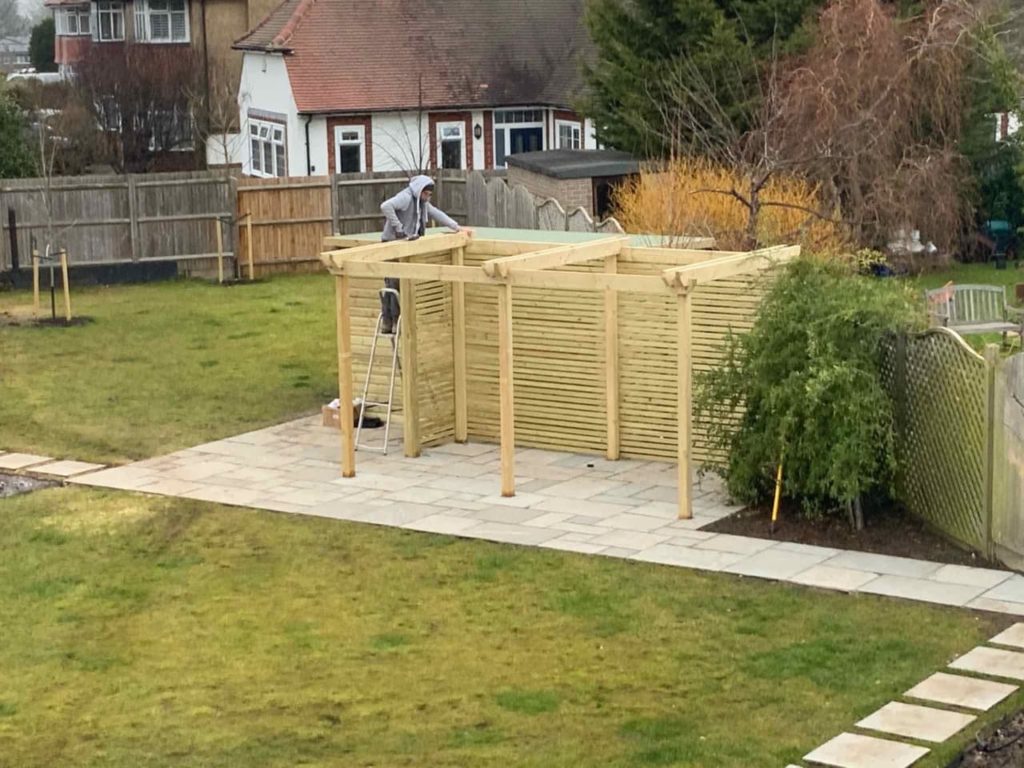
“Their approach to planting design in public spaces is very interesting. I took courses with the Open College of the Arts, a sister organisation to the Open University, and I think they are doing Garden Design again.
“You have the same tutor mark your assignments over the course, and can gain credits for a Degree in the Arts. I think that you should keep learning, as there is so much to learn and things change.
“I recommend joining the Society of Garden Designers, as you have access to continued learning, a great magazine and you can make contact with other designers locally through the organisation.”
What impact do you hope your gardens have on the people who experience them?
“I hope they get out into them to relax and destress, and enjoy being in nature doing whatever they like doing, whether that be partying, growing veg or climbing trees!” she jokes.
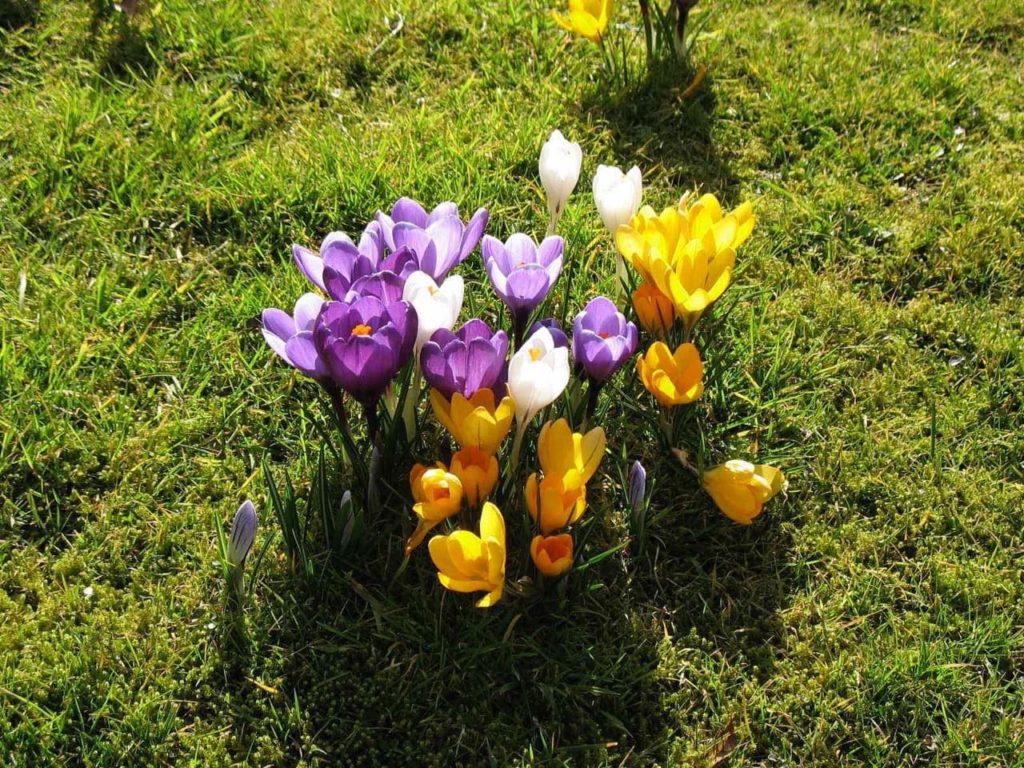
“I do hope people develop a love for gardening, but I know that’s not always possible.”
Where do you see Jane Harries Garden Designs in the next 5 years?
“I would love to do more work from the beginning to the end of a project rather than handing over a design. I have become involved in this way and have enjoyed it.
“I might also do another design for a show. They are always challenging but rewarding.”

